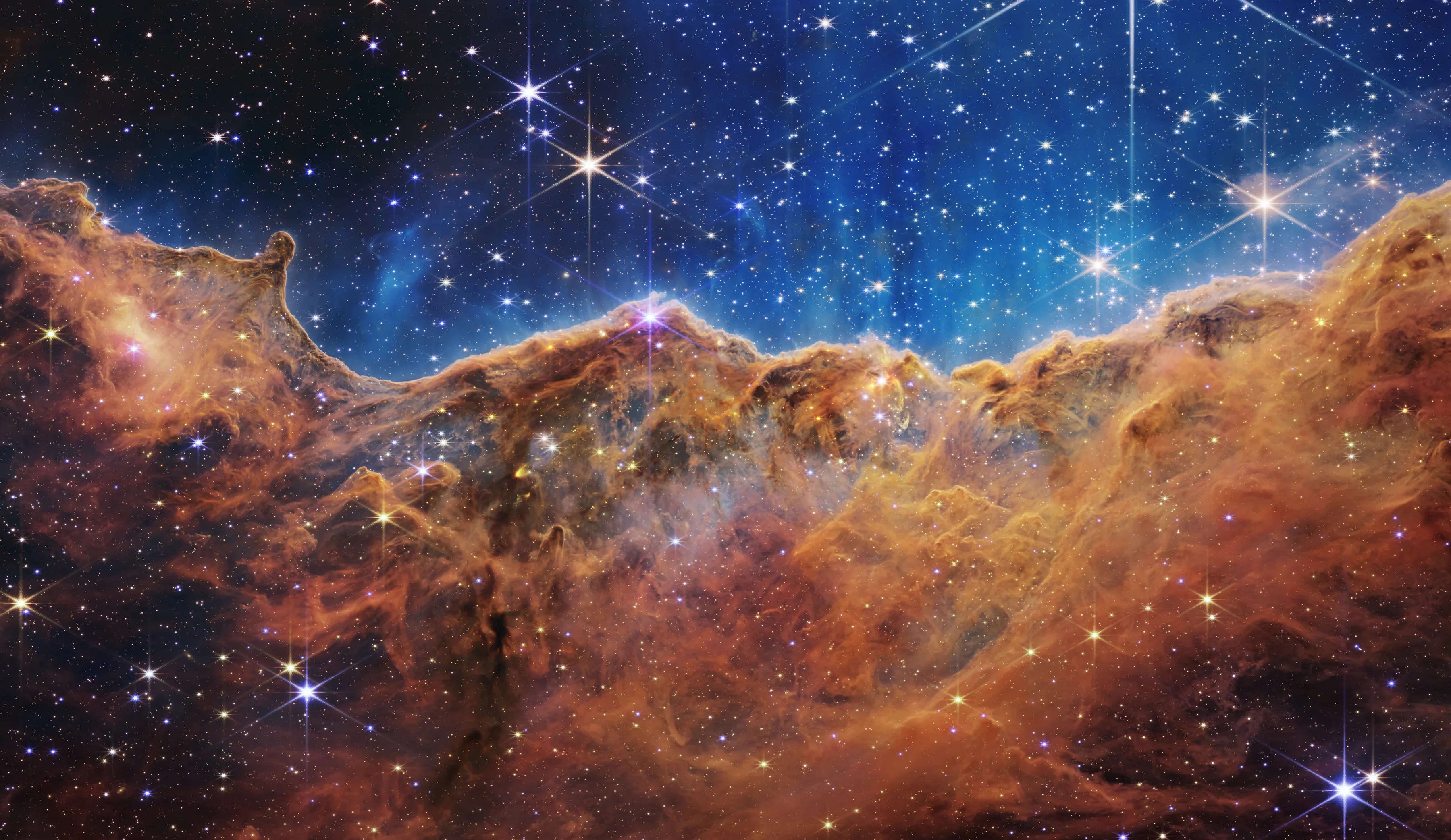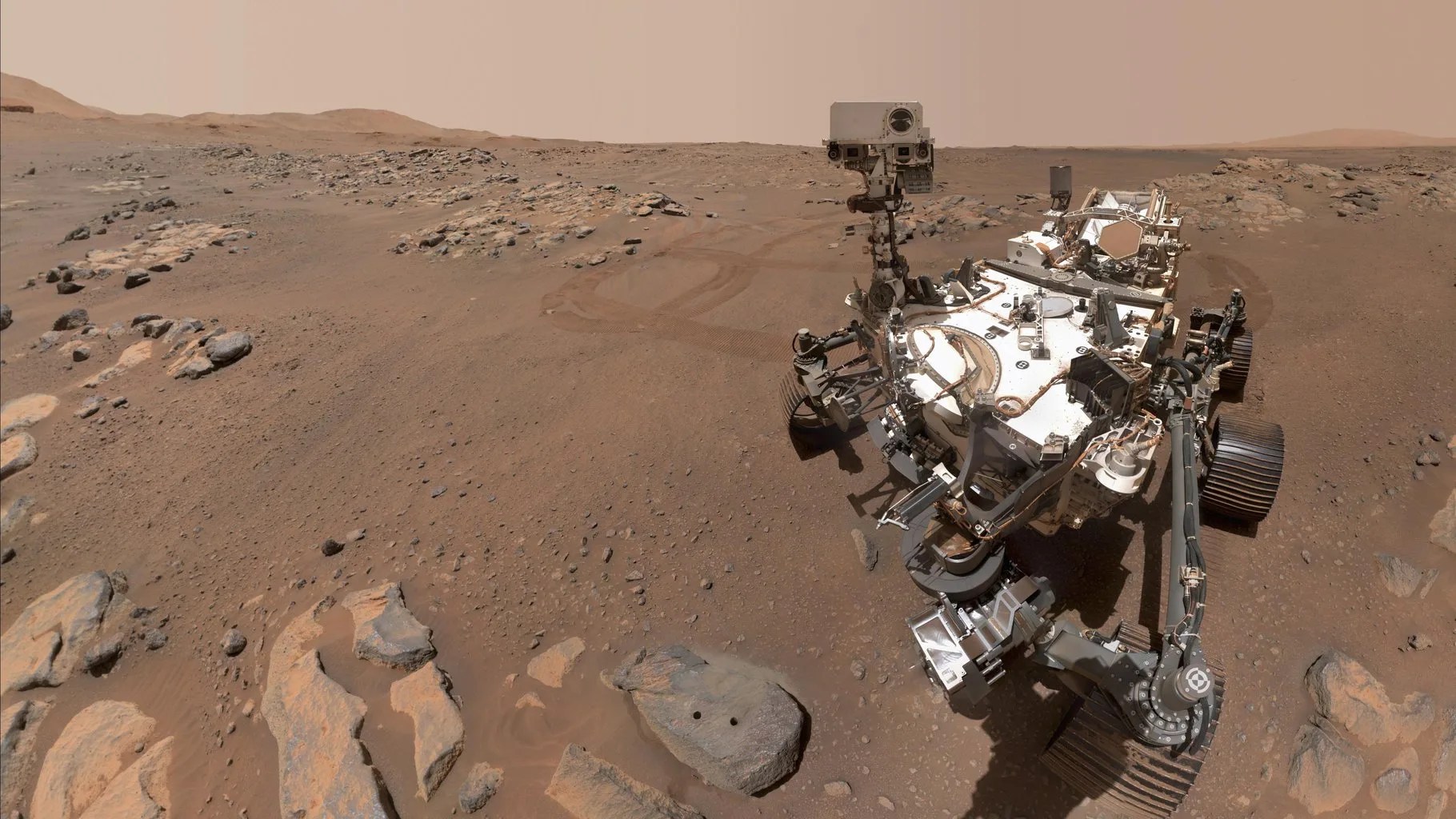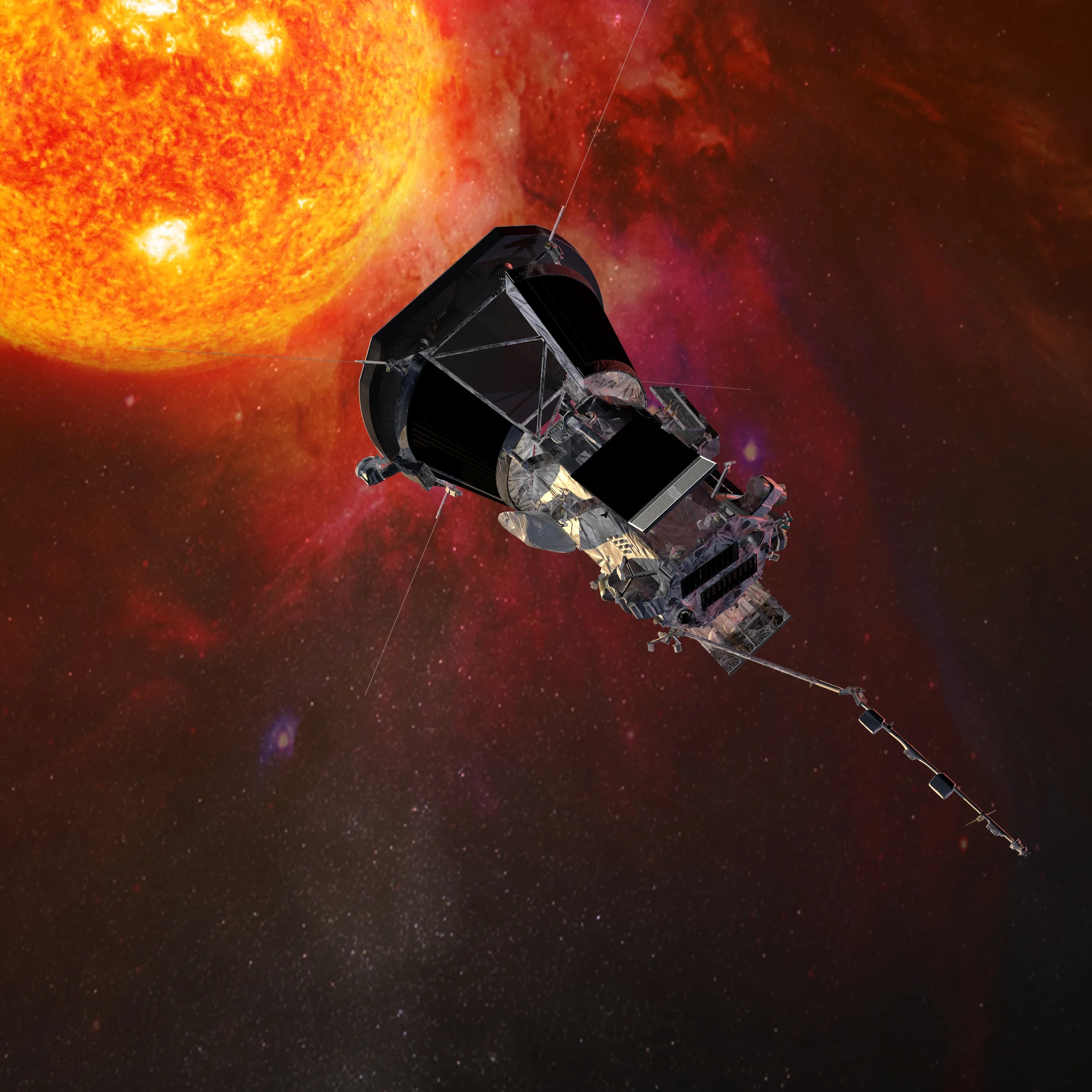Developmental, Reproductive & Evolutionary Biology Program
What We Study
If we are to colonize and inhabit Mars, as well as off-Earth stations in deep space, eventually sexual reproduction enters the realm of possibilities to study and prepare for. In the Reproduction, Development, and Sex Differences Lab we study epigenetics: the changes that occur that are not encoded in the genome.

The rodent research we conduct enables us to look at generations of mouse reproduction. In a year, we can have six generations of mice to study. We look at a mother who comes from a line of whose germ cells are exposed to microgravity. We ask: How does that shape life? How do bones grow? What about the gravity dependence of different tissues and organisms? How do cells of our brain connect? What about our sense of balance and connectivity? To answer those questions, we conduct cross-generational changes over time using epigenetic studies.
Specifically, we study the reproductive capacity of rodents. Our goals are to design experiments that study gestation over the long term, across multiple generations. We want to learn if pregnancy can occur in microgravity, how microgravity affects development of the fetus and—as babies are born and the offspring grow—how microgravity impacts mammalian development.
More about our Developmental, Reproductive & Evolutionary Biology program:
Overview
What We Study
Experiments
Hardware
Publications




